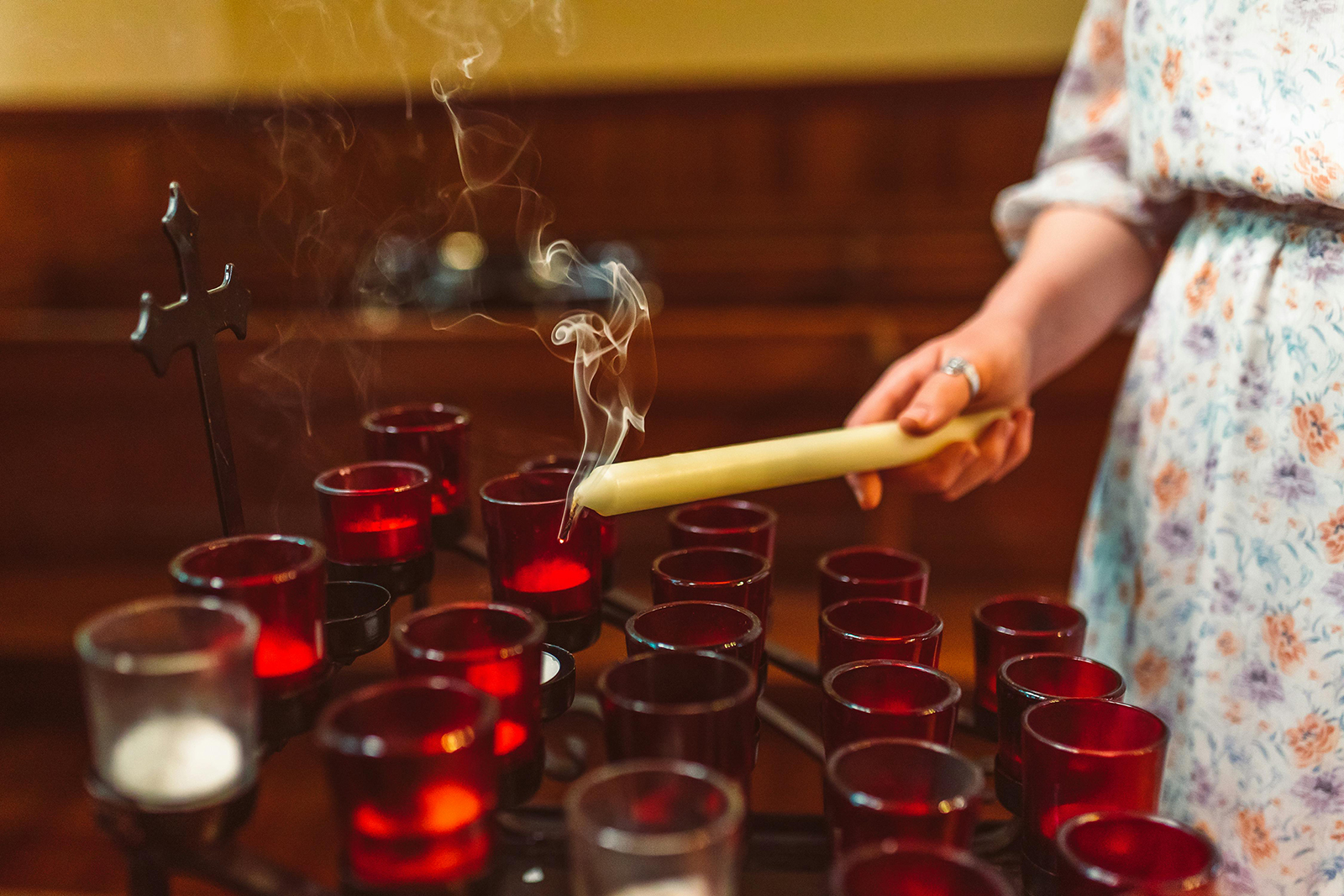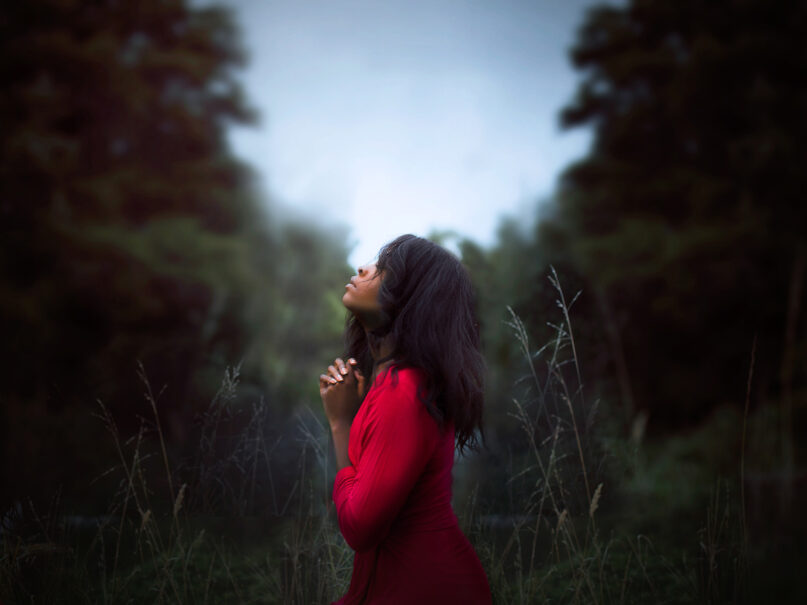
(RNS) — “If the concept of God has any validity or any use,” James Baldwin wrote in “The Fire Next Time,” “it can only be to make us larger, freer, and more loving. If God cannot do this, then it is time we got rid of Him.”
For the past few decades, many feared that the marked rise of those who were leaving institutional religion were doing just that: Getting rid of God, in their lives at any rate.
But recent Pew Research findings suggest that the decadeslong decline in American Christianity may be stabilizing, leaving religion sociologists like me to ask, “Why would the rate of religious disaffiliation suddenly slow after years of steady increase?”
One explanation may be offered in the decadelong study that my colleagues and I recently published in the journal Socius: We’re witnessing not simple secularization, but transformation and polarization — a sorting process in which those uncomfortable with religious institutions have largely already left, while those who remain are more committed.
Our new research, based on the National Study of Youth and Religion, reveals that many of those who left, however, aren’t abandoning faith. Instead they’re rejecting religious organizations they find too rigid, judgmental or politicized. While data collection ended in 2013, the study’s longitudinal design, including interviews with adolescents and their parents, remains unmatched for understanding religious change in the transition to adulthood. Recent research suggests the key trends we identified have likely only intensified in the past dozen years.
This religious transformation we found stems from what we call individualization, a phenomenon in which people increasingly craft their spiritual lives according to personal values, rather than institutional dictates. Once this sorting process reaches a certain point, with most of those experiencing tension between personal values and institutional demands having already departed, the statistical decline naturally levels off.

(Photo by Diana Simumpande/Unsplash/Creative Commons)
Following the same individuals from adolescence into adulthood, we uncovered a revealing pattern: While church attendance and denominational affiliations declined sharply, personal spiritual practices often persisted. Many who stopped attending services continued to pray. Belief in God remained durable, even as organizational commitments faded. Meditation practices increased.
Not to say that the “nones” — so called because, when asked their religious affiliation on our surveys, they selected “none of the above” — are monolithic. Some maintained robust spiritual lives while rejecting organizational affiliation — the “spiritual but not religious.” Others blended practices from multiple traditions. Still others became secular or indifferent to religious matters. What united many wasn’t a rejection of the sacred but a rejection of religious bureaucracy that felt disconnected from their lived experience.
The individualization process becomes most visible in regard to moral questions, particularly LGBTQ+ inclusion. As one participant who left her Protestant church told us: “I can’t grapple with the idea that you can be Mother-freaking-Teresa, live your life for others, but if you are attracted to people of the same sex you burn in hell forever. That doesn’t make sense to me.”
“I don’t think (church) is a requirement to be connected with God … sometimes that structure can get in the way of true worship,” another explained.
What’s emerging from this sorting is a religiously polarized landscape. At one pole stand those committed to traditional religious authority and institutions. At the other are those embracing what sociologist Robert Bellah and colleagues called “the sacredness of the individual” — prioritizing personal authenticity over institutional directives.
As the middle ground empties, with marginally attached people having already disaffiliated, the rate of decline naturally stabilizes.
Our interviews revealed that political concerns often catalyze nones’ departure from organized religion. Many felt alienated by churches they experienced as too politically conservative or judgmental, particularly about social issues. Meanwhile, those remaining in traditional religious organizations increasingly align with conservative politics, creating two religious Americas with less and less common ground between them.
For religious organizations, this transformation presents both challenge and opportunity. Those doubling down on rigid doctrine and political conservatism risk pushing out those valuing authenticity and inclusion.
America isn’t becoming less spiritual — it’s becoming differently spiritual. The “nones” aren’t simply rejecting religion; many are reimagining it on their own terms. And as this sorting process nears completion, with most who feel tension between personal values and institutional demands having already disaffiliated, the statistical decline in religious affiliation naturally levels off — precisely what recent Pew data suggests is occurring.
(Landon Schnabel is an associate professor of sociology at Cornell University and the author of the forthcoming book, “Is Faith Feminine? What Americans Really Think about Gender and Religion.” The views expressed in this commentary do not necessarily reflect those of Religion News Service.)
